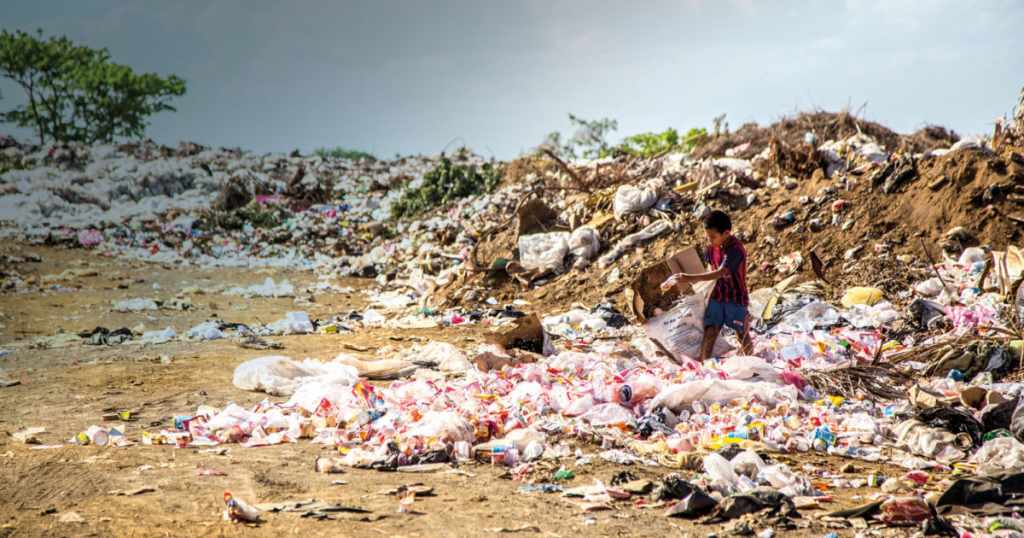Plastic is Not So Fantastic: Understanding the Plastic Pollution Problem

When plastic first came out over a century ago, it took the world by storm. The material was lightweight, durable, resistant to decay, and inexpensive. What is more, it can be moulded into any size and shape. Its potential for various applications was virtually limitless, revolutionising how many things are done.
Unfortunately, people were slow to catch up to the fact that this innovation came at a steep price. By the time consumers became more aware of the dangers of mismanaged plastic wastes, the material has been ingrained deeply into the economy. It has been a long struggle against plastic pollution since then.
Before biodegradable packaging was introduced, progress against plastic waste was very slow. Recycling was the main course of action. Those that are not successfully recycled end up in landfills. Neither can barely scratch the surface of the gigantic plastic problem.
Table of Contents
The Enduring Effect of Plastic
The main advantage of plastic is also its biggest curse. It is flexible and highly durable, making it the perfect packaging for all products. However, its indestructibility spells disaster to the environment once it becomes waste.
Studies have shown that it takes 450 years for plastic to decompose. This means that virtually all products that have ever been made are still present today in some shape or form. Of the over nine billion tons that have been produced, only nine per cent have been recycled. The rest are either degrading slowly in landfills or have made their way into oceans, strangling and killing millions of marine life forms.
What is more, remains a valuable material despite its increasingly bad reputation. The food and beverage industry, in particular, benefit from plastic through extended shelf life. Plastic use has even helped reduce the environmental impact in other sectors by improving fuel efficiency from lightweight transportation.
Experts predict that production will increase four-fold by the year 2050. Something has to change. Biodegradable packaging and other innovations are great steps in this direction, but more is needed.
Working Today for a Better Tomorrow
To make some headway into the fight against the growing problem, all sectors of society have to hold one another accountable. Governments all over the world should lead this charge to make the efforts more systematic. Laws and regulations must be put in place to discourage the use of plastic. The increasing trend of plastic use bans around the world is a good start.
Businesses must do their part by weaning themselves from their dependence on traditional plastic. Using biodegradable packaging for your products is an excellent way to stem the tide of plastic pollution. In the last three to four years, significant advancements have been made in this area, from bioplastics made of corn materials to packaging made from mushroom root.
Another development to look out for is the emergence of certified circular polymers. These materials allow plastic to be recycled repeatedly, which could possibly close the loop on the material’s recycling process.
Finally, consumers must continue to be wary of buying products and disposing of them. Choose brands that use environmentally-friendly packaging materials as much as possible, such as biodegradable and compostable packaging. If it cannot be helped, manage your waste responsibly so it can be recycled or disposed of properly.








